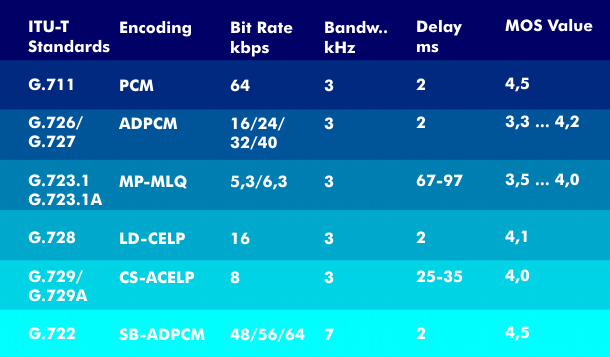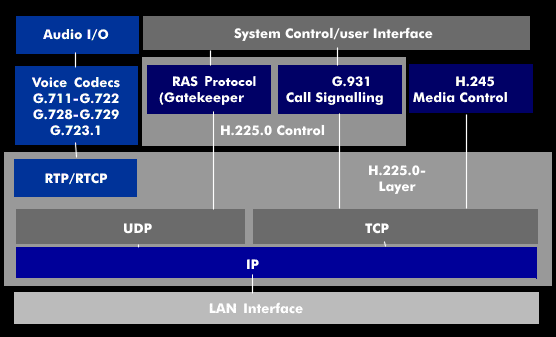voice codec
Speech codecs are software or hardware functional units in which speech is digitized and compressed so that it can be transmitted over digital and packet-switched IP networks.
Various voice compression methods are usedinvoice codecs, which are adapted to the respective network requirements. The aim of all compression methods is to be able to transmit the speech at the lowest possible transmission rate with high speech quality. Since delays occur during the quantization of the speech, which impair the speech quality, compromises must always be made when selecting the speech codecs. The International Telecommunication Union( ITU) has standardized various voice codecs with different compression algorithms in its G Recommendations G.721 to G.729.
The speech quality of speech codecs is significantly affected by the delay times and jitter that occur during quantization, but also by decompression. As voice compression increases, the voice quality, which is expressed as MOS value, decreases.
Known methods for voice compression are Pulse Code Modulation( PCM), Adaptive Delta Pulse CodeModulation( ADPCM), Code Excited Linear Prediction( CELP), Algebraic Code Excited Linear Prediction( ACELP), Low Delay, Code Excited Linear Prediction( LD-CELP), Multiple Maximum Likehood Quantization (MPMLQ), Harmonic Vector Excitation ( HVXC) and others.


